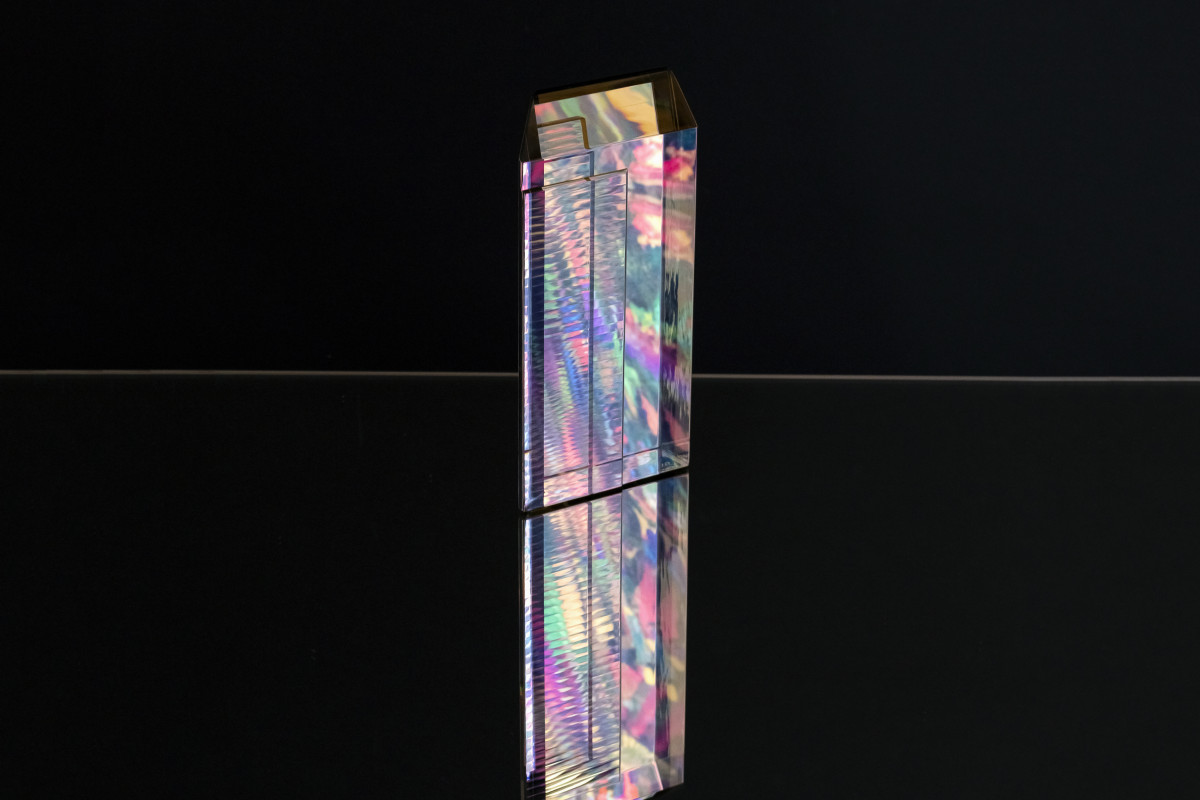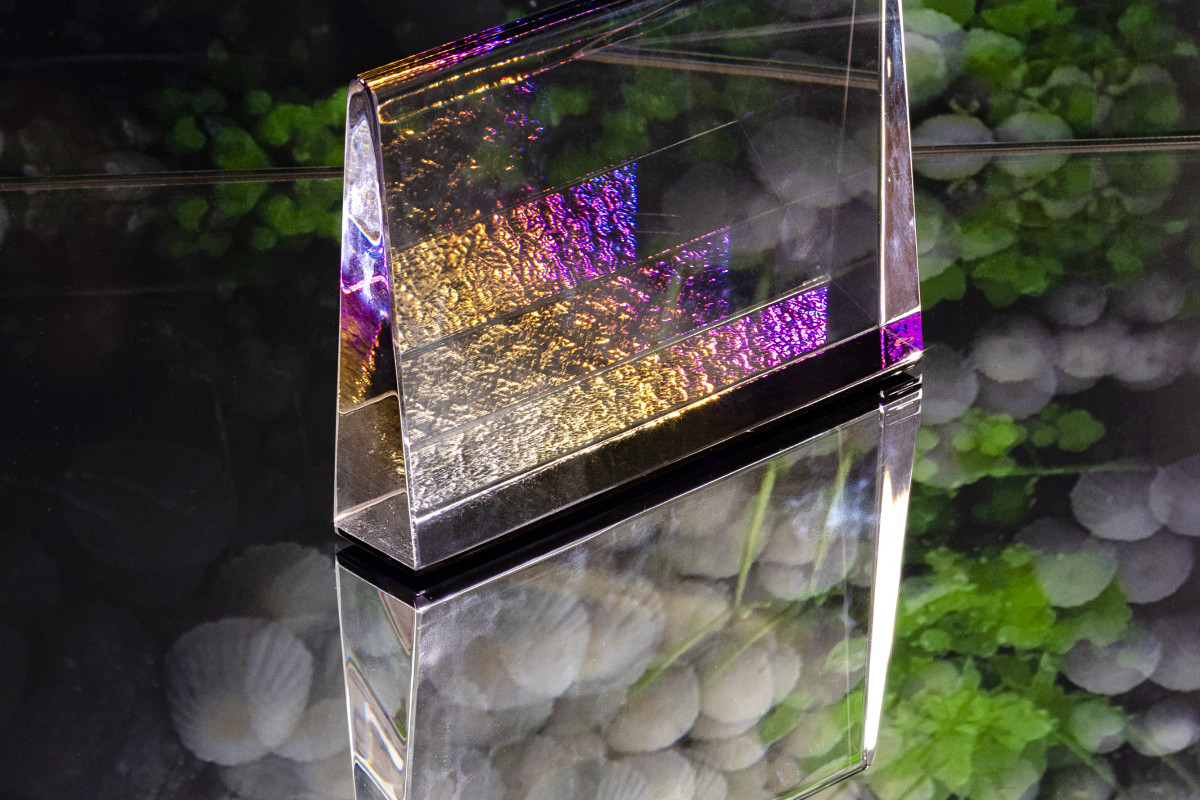The Gentle Immortality of Household Gods
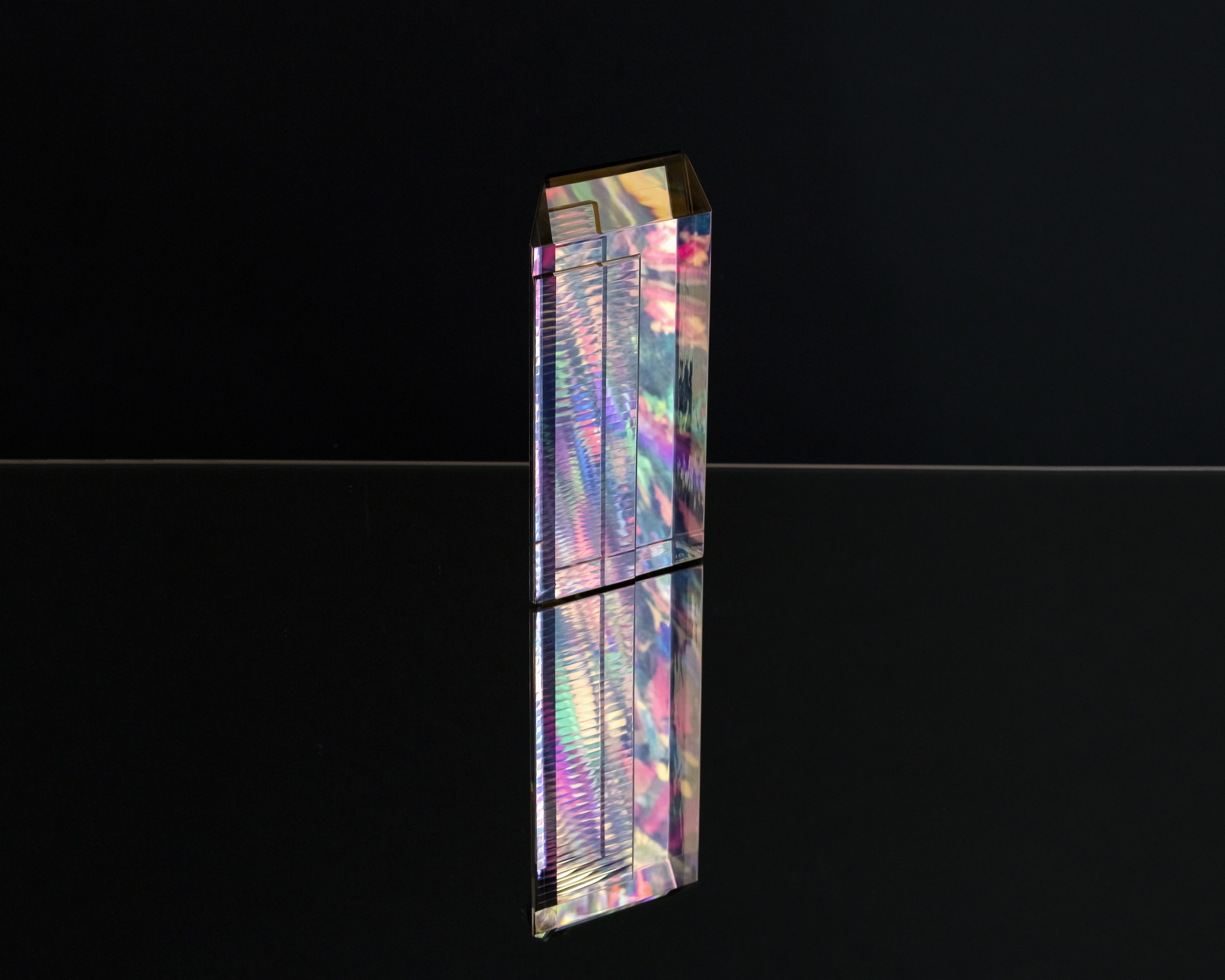
Glass is a highly context-driven material. It’s always a vessel - for water, for light, for its own elaborate history and for its surroundings in any given moment. Both literally and symbolically, we use it to communicate vision. As a stained glass window or as the lens in a camera, it acts as a medium in communication between light & the eye.
Seattle-based glass artist John Hogan carries this language and history through his sculptures while maintaining their fundamental formal elegance - they are objects that convey an elemental clarity, through which the complexity of any given environment may be interpreted. They exist as objects and as apparatuses. A John Hogan sculpture may be read as a photographic matrix in which the point of focus and the lens have folded in on one another.
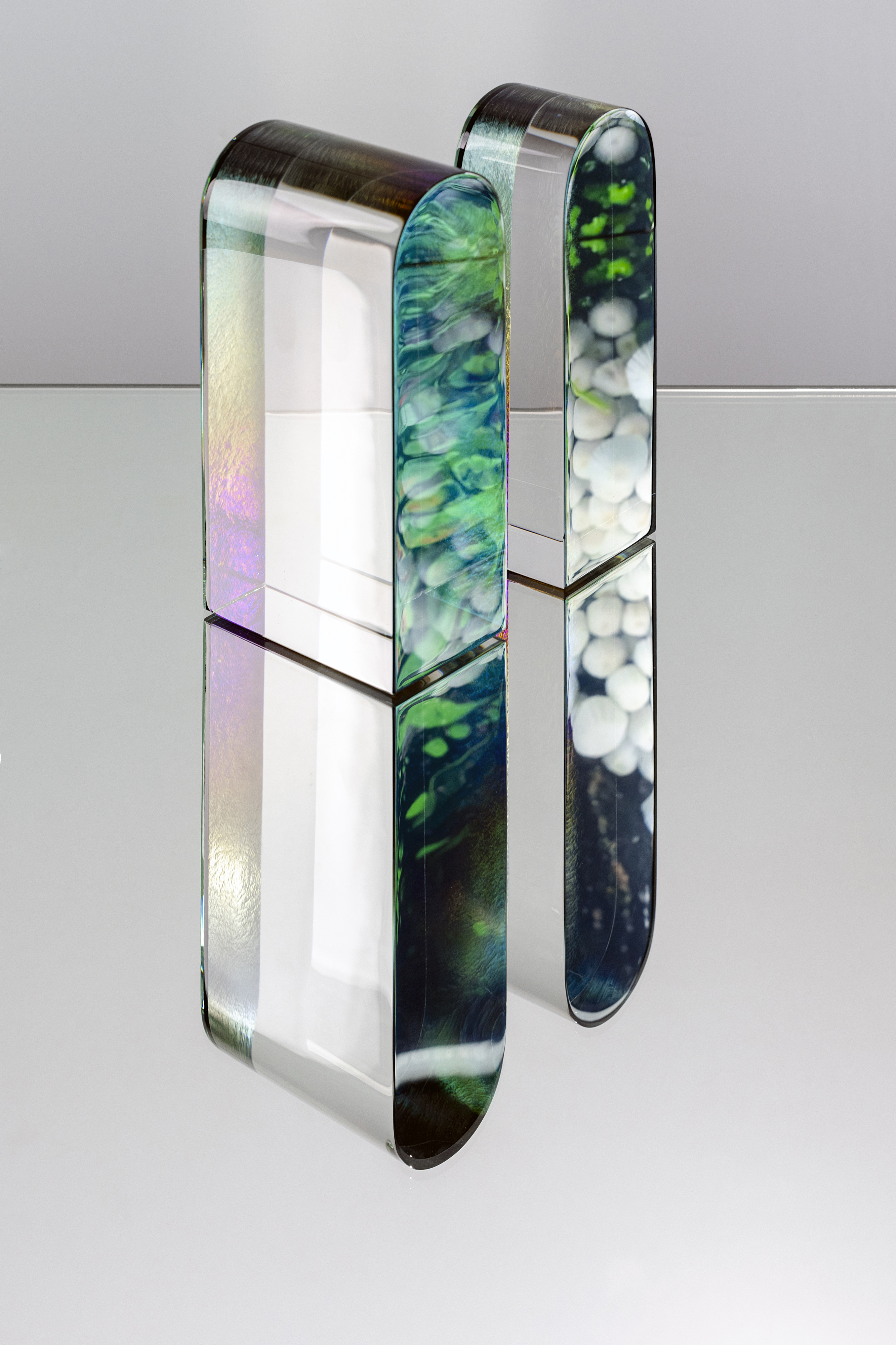
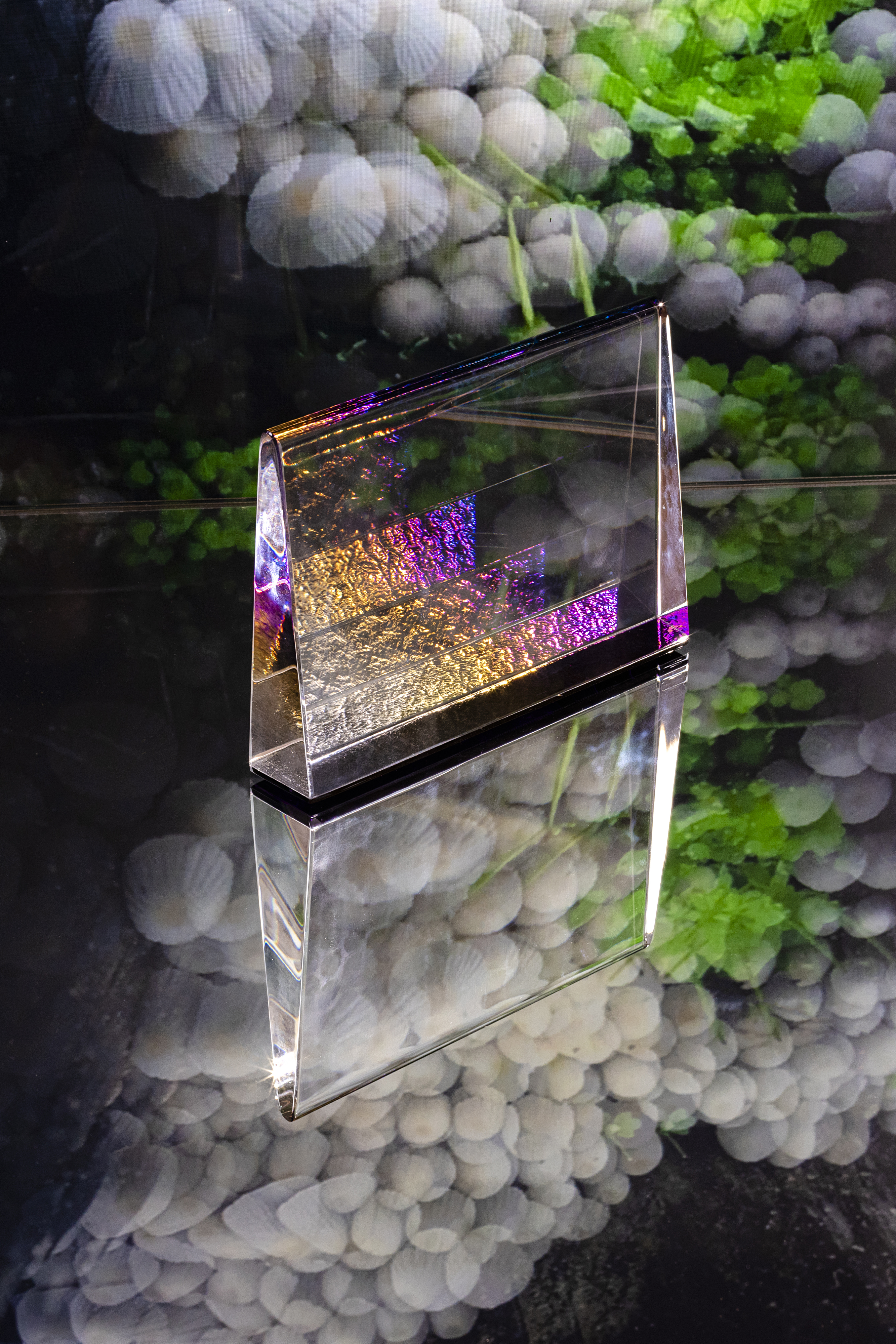
Previously, John has run the gauntlet of formal experimentation, producing an extensive and graceful body of work capable of engaging its environment in unexpected ways. From his Water Lenses (which use liquid to distort natural light) to his collaboration with Bec Brittain, which produced a series of hanging light fixtures where Hogan’s glass (inspired by celestial patterns) intervened in Brittain’s structural designs.
Recently, through his work with photographer Amanda Ringstad, John has started to journey farther into the photographic impulse that has always been embedded in his work. Balancing his understanding of optical science with an investment in spirituality and mysticism, Hogan’s work with Ringstad is steadily producing a dialogue around his sculptural work that is at once stunning, curious and magical.
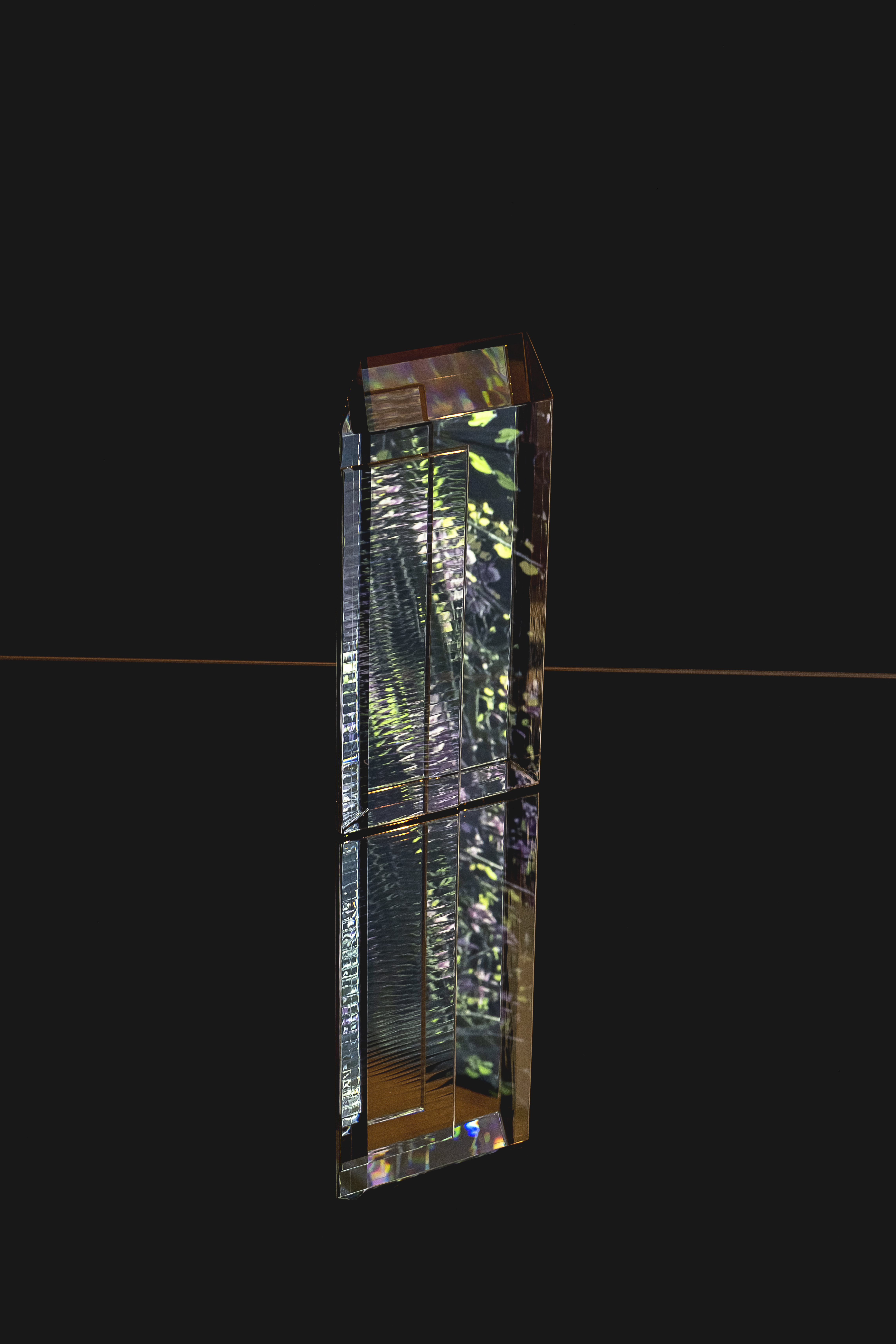
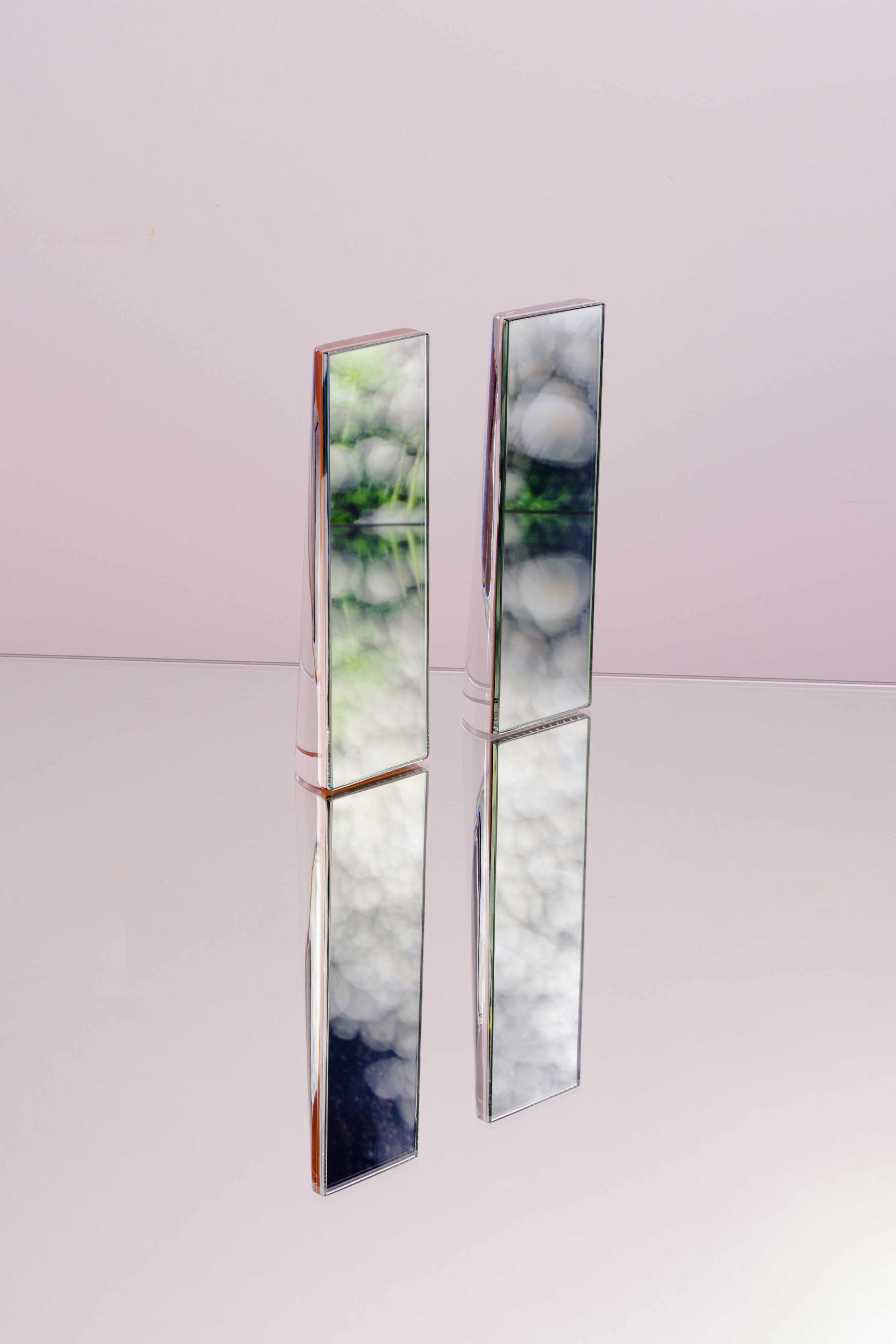
Their collaboration is partially an investigation into the questions: what does a photograph document, an object or its aura? What are the conditions of space - and to what degree are these conditions controllable? By a process of planning and play, investigation and execution, Hogan and Ringstad are writing a visual language specific to these captivating and mysterious objects.
In their attempt to capture the momentary, to curate light at the molecular level, Hogan and Ringstad have embarked on a journey that is fundamentally similar to the metaphysical impulse at the root of any spiritual practice. To exercise mindfulness as a way of looking; to become Emerson’s “Transparent Eyeball”.
The resulting photographs live in between evidence and assertion. Poetic and momentary narratives that cast Hogan’s sculptures as protagonist, narrator and setting - not defining but underlining the subtle role these glass objects already serve in the everyday. An esoteric counterpoint to the living, physical experience of the material.
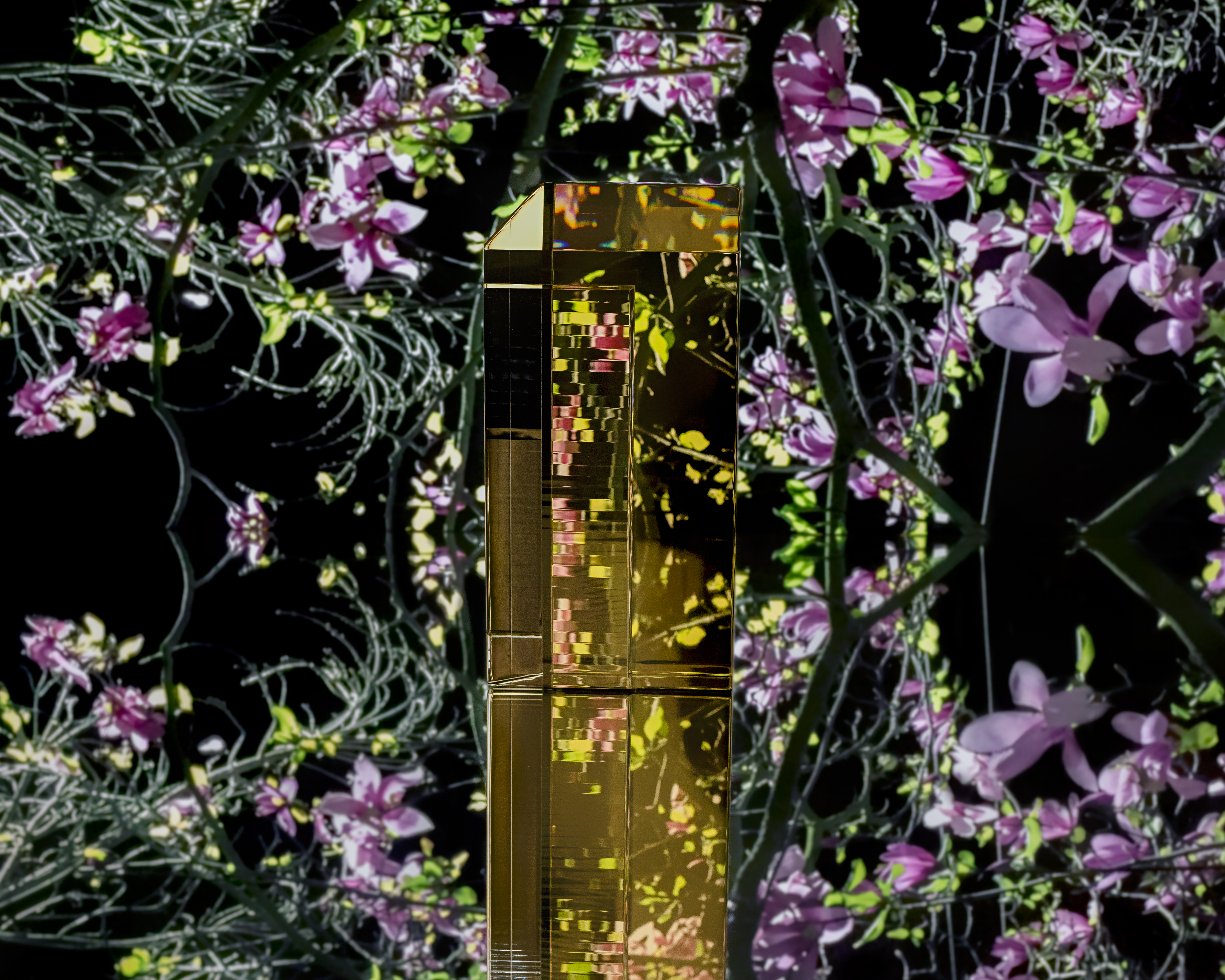
Because everything we see in these photographs is the product of various methods of practical light application, each image could be viewed as documentary - it captured an event that took place in the actual world. This serves a dual purpose - it documents the moment for John, who can use these images as a reference point to plot future pieces, and also it invites the viewer into the artist’s process of looking.
When we see these photos, we see more than a finished sculpture or curated tableau - we are looking at looking, made party to the critical analysis of an ongoing body of work. To what end are we implicated in this? It’s more than a matter of galvanizing our desire for beautiful things. We’re meant to allow ourselves a meditative distance from these objects and find a disembodied presence in the act of seeing. Under certain conditions, when we see these objects we want them, and when we have them we want to see them. These photographs capture that impulse and allow us to live in its inertia.
Hogan’s work is a place for the contemplative gaze. In the same way that it allows light to meander, change paths and become amplified, it allows our thoughts and vision the same license. We stare and move both into and through these pieces. The final destination can be something fleeting or sacred - we’re allowed a certain autonomy in our own journey. Through his collaboration with Ringstad, Hogan has augmented this aspect of his work by providing a wide range of narrative possibilities.
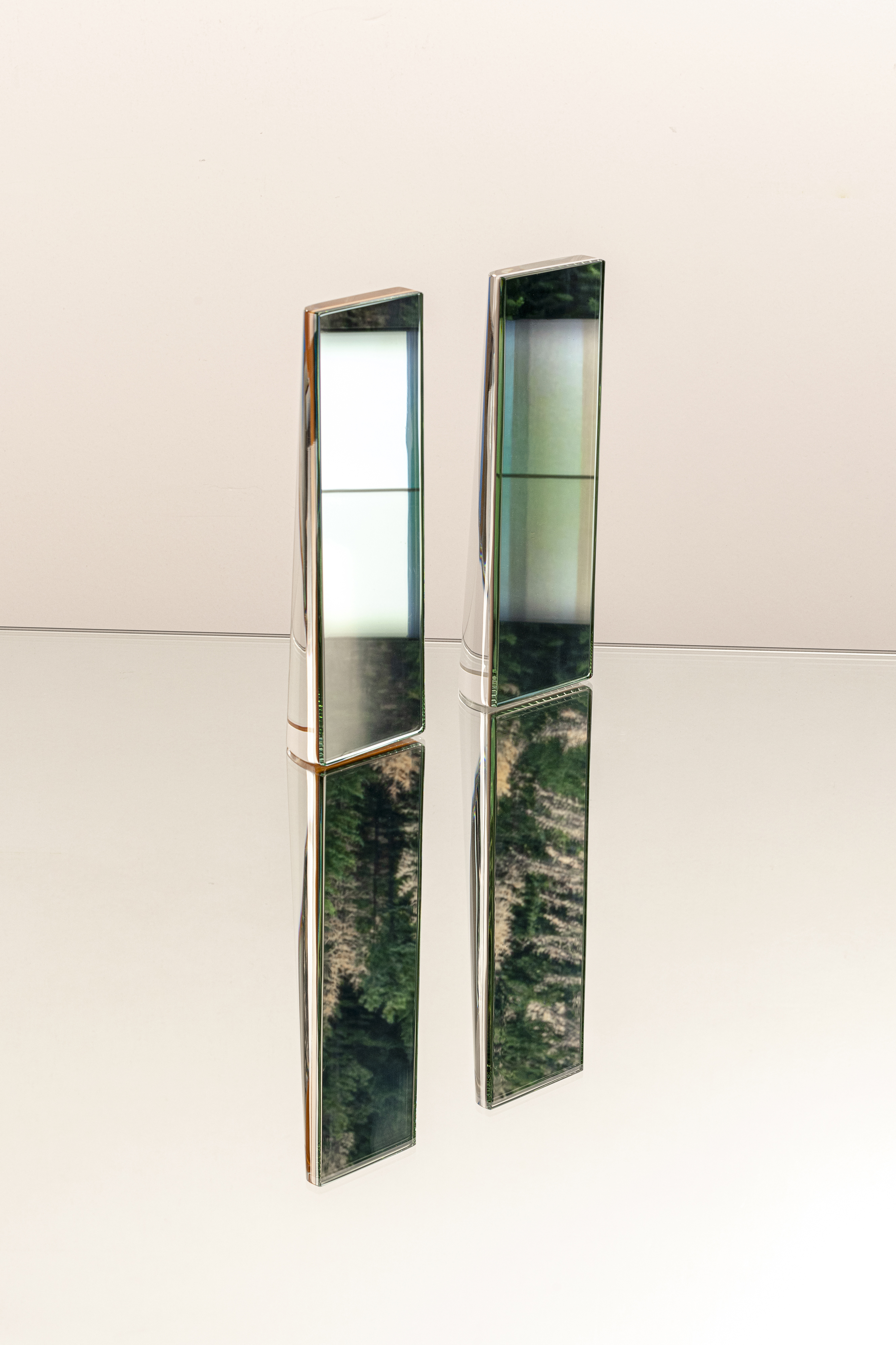
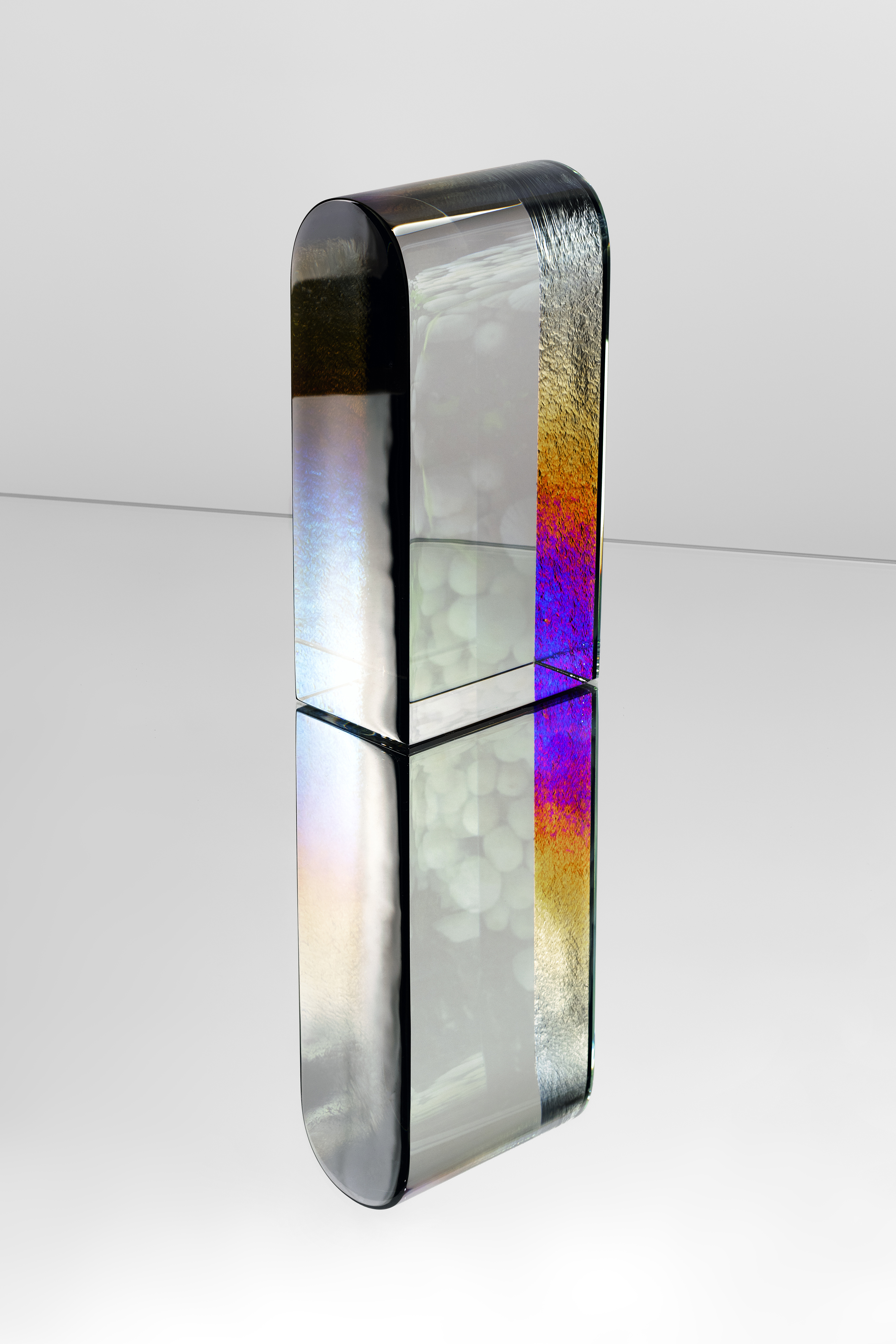
If we were to consider the relationship between the astronomer and the telescope, we may find ourselves asking “where is the eye?” In the head of the observer or somewhere in the center of the technical apparatus? In the course of “looking” at things that are so distant as to be functionally invisible, where does the act of “seeing” occur? Vision can be a collaborative act. John Hogan presents us with a set of collaborators: glass sculptures, photographs, light and the viewer. These sculptures and their photographs are more than things we live with, they’re things that quietly live around us.
We’re thrilled to have a glance into this emerging body of work from one of our favorite artists. With Amanda Ringstad, John Hogan is on a journey that is sure to produce a range of meditative work and images.
 The Future Perfect
The Future Perfect

